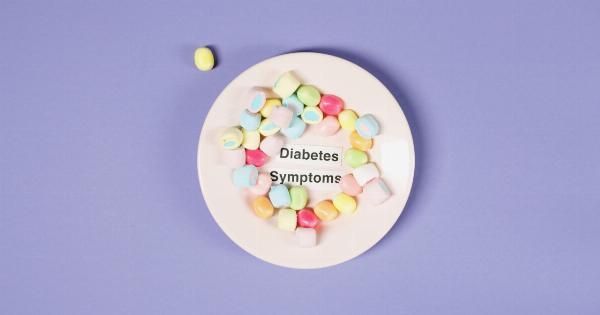Introduction:.
Bipolar disorder, formerly known as manic depression, is a chronic mental health condition that affects millions of people worldwide. It is characterized by extreme mood swings, including periods of mania and depression.
Identifying individuals at high risk of developing bipolar disorder is crucial for early intervention and effective management of this complex condition.
Understanding Bipolar Disorder:
Bipolar disorder is a mood disorder that primarily affects the individual’s emotional state, energy levels, and ability to function. It typically involves two distinct mood phases: manic and depressive episodes.
During manic episodes, individuals may experience elevated moods, increased energy levels, impulsive behavior, and a decreased need for sleep. On the other hand, depressive episodes are characterized by extreme sadness, low energy levels, feelings of worthlessness, and difficulty concentrating. These mood swings can be disruptive to daily life and relationships.
Risk Factors for Bipolar Disorder:
Identifying individuals at high risk for bipolar disorder involves understanding the various risk factors associated with the condition. While the exact cause of bipolar disorder remains unknown, several factors can contribute to its development:.
- Genetics: Family history plays a significant role in bipolar disorder, with studies suggesting that individuals with a close family member affected by the disorder are at higher risk.
- Brain Structure and Function: Certain abnormalities in the structure and functioning of the brain, particularly areas involved in mood regulation, have been observed in individuals with bipolar disorder.
- Chemical Imbalances: Imbalances in neurotransmitters, the chemical messengers of the brain, have been associated with bipolar disorder. Specifically, disruptions in the levels of serotonin, dopamine, and norepinephrine can contribute to mood instability.
- Stressful Life Events: Traumatic experiences, major life changes, or chronic stress can trigger the onset of bipolar disorder in susceptible individuals.
- Substance Abuse: Substance abuse, particularly stimulants or hallucinogens, can increase the risk of developing bipolar disorder.
Identifying High-Risk Individuals:
Early identification of individuals at high risk for bipolar disorder is essential for timely intervention and support.
While it is challenging to predict with certainty who will develop the disorder, certain signs and symptoms can indicate an increased risk:.
- Familial History: Individuals with a first-degree relative, such as a parent or sibling, diagnosed with bipolar disorder are at a higher risk.
- Persistent Mood Swings: Frequent and severe mood swings that are unexplainable by external factors could be indicative of an underlying mood disorder.
- Impulsivity and Risky Behaviors: Engaging in impulsive and reckless behaviors, such as excessive spending or dangerous activities, may be an early sign of bipolar disorder.
- Sleep Disturbances: Significant changes in sleep patterns, such as insomnia or a decreased need for sleep, can be an indication of an impending manic episode.
- Changes in Energy Levels: Unexplained fluctuations in energy levels, ranging from extreme restlessness to profound fatigue, can point to potential bipolar disorder.
- Persistent Sadness and Lack of Interest: Feelings of sadness, hopelessness, and loss of interest in previously enjoyable activities are classic symptoms of depression, which often co-occur with bipolar disorder.
The Role of Mental Health Professionals:
Identifying individuals at high risk for bipolar disorder requires a collaborative effort between individuals, their families, and mental health professionals.
Mental health professionals play a crucial role in the assessment, diagnosis, and treatment of bipolar disorder. They utilize various tools and evaluation methods, such as comprehensive psychiatric interviews, self-report questionnaires, and observation of symptoms over time, to identify high-risk individuals.
If an individual is identified as being at high risk, mental health professionals can provide early intervention strategies, psychoeducation, and support.
This may involve implementing lifestyle modifications, such as stress management techniques, regular sleep patterns, and healthy coping mechanisms. In some cases, medication may be prescribed to stabilize mood and reduce the frequency and severity of future episodes.
Conclusion:
Identifying individuals at high risk for bipolar disorder is a challenging but crucial task in the field of mental health.
By recognizing the risk factors and early signs, mental health professionals can intervene before the disorder significantly impacts an individual’s life. Collaboration between individuals, families, and mental health professionals is essential to ensure proper diagnosis, treatment, and ongoing support for those at high risk for bipolar disorder.






























